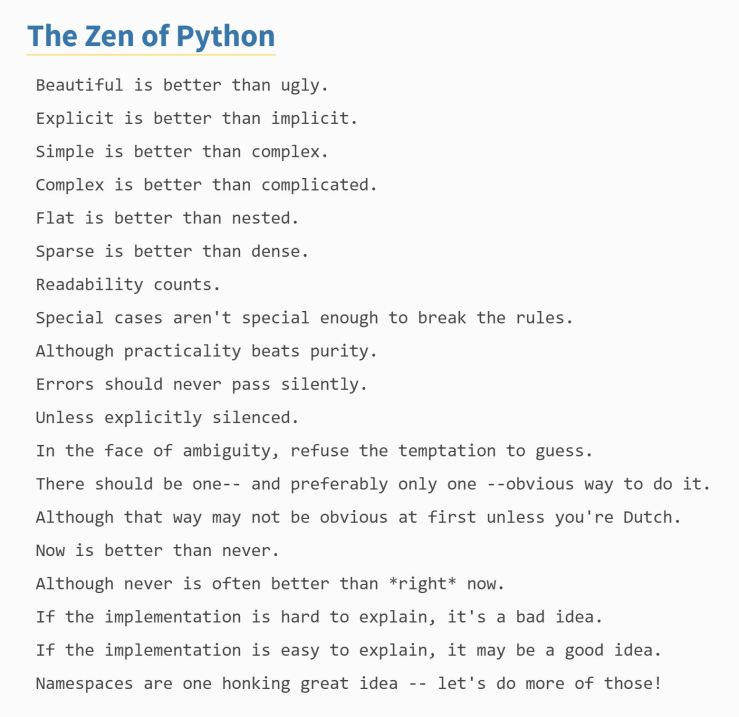--Originally published at Not a Programming Blog
Flipped Classroom
The course was different to any course that I have had before, it consisted in having all the material available and a professor there to guide you. The time inside the classroom was merely dedicated to actively programming and asking questions about programming issues to your classmates or the teacher.
My experience
I really liked the methodology of the course. I believe every person is a different world with different perspectives and they learn in different ways as well, this method allows you to learn at your own pace giving you the responsability on what you want to learn and most important giving you the possibility to schedule yourself in order to achieve all your goals.
Having the posibility of learning on your own was incredible, because some of us learn in a way and solve the program with some functions but others research different stuff and solved the same problem in a different way.
This methodology was helpful for me and I really liked to go at my own pace, it made me more responsible and I really liked to help my classmates with what I learnt. This methodology is helpful for some of us, but we have to be honest that is difficult when you’re used to be told what to do, but even though I think is important to keep this methodology because it takes you out of your comfort zone and improve some soft skills that in a normal course you wouldn’t be able to.

